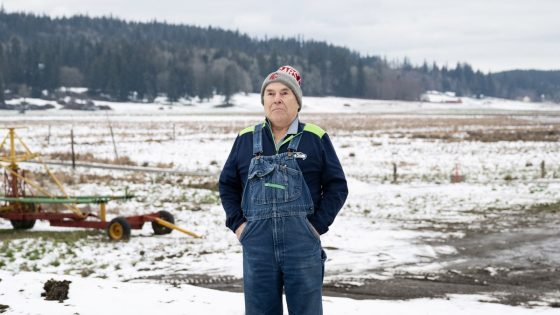On February 16, 2025, land trusts in the united states are facing increasing demands for preserved farmland as older farmers seek to secure their land for future generations. Jess Laggis from the Southern Appalachian Highlands Conservancy in Asheville, North Carolina, noted that her organization has a five-year backlog of requests, highlighting the urgency of farmland preservation.
- Land trusts face high demand for farmland preservation.
- Older farmers often die during preservation process.
- Short misses farming after retirement transition.
- Frederickson values long-term land leasing arrangement.
- Farmland often overvalued despite conservation easements.
- Port authority prioritizes local food production goals.
The demand for preserved farmland is growing as many farmers age and some pass away before they can complete the preservation process. Laggis emphasizes the need for flexibility in envisioning agriculture’s future due to uncertainties surrounding climate change and market conditions. In Washington state, farmer Short reflects on his retirement from farming but continues to engage with younger farmers who now work his former property.
Martin Frederickson leases part of Short’s land for cattle grazing and appreciates the long-term security offered by leasing from the port authority. He notes that many farms are valued beyond their productive capacity even with conservation easements in place. Crystie Kisler also highlights that while easements can support small-scale agriculture, they do not guarantee success or sustainability.
The port authority remains committed to maintaining ownership of these lands despite current unprofitability. They aim to prevent wealthy buyers from acquiring these properties solely for investment purposes rather than agricultural use. Their focus is on regional food production rather than large-scale commodity farming.
The ongoing struggle between preserving farmland and ensuring its profitability underscores a critical issue within agricultural communities. As younger generations take over, finding viable solutions will be essential for sustaining local food systems and protecting valuable agricultural resources.
































